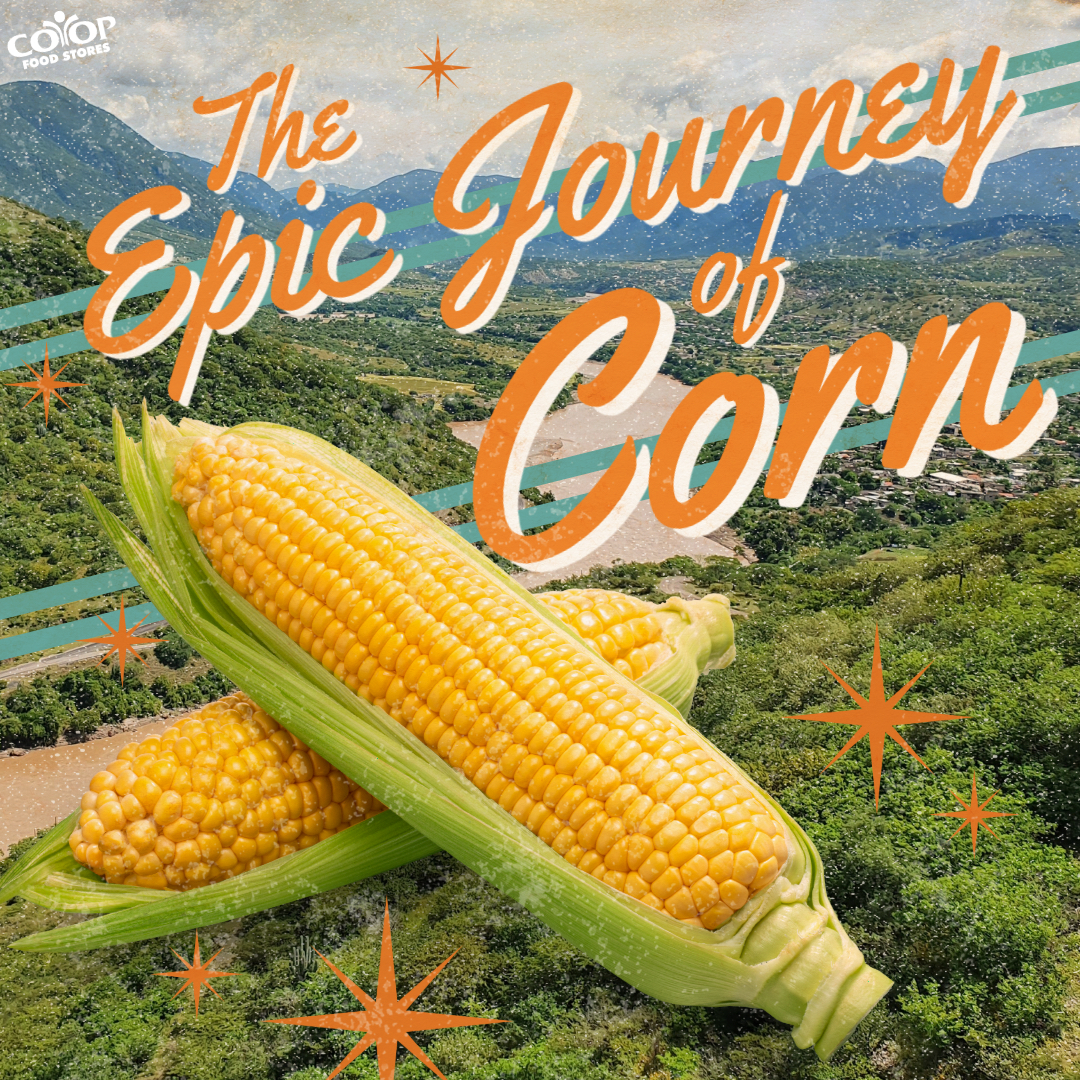
The story of corn begins with teosinte, a scraggly wild grass growing in the fertile Balsas River Valley of south-central Mexico, about 130 miles southwest of Mexico City. Teosinte is a bushy plant with long branches, each producing multiple small ears. The kernels are hard and sparse, and for many millennia the plant was little more than a whisper of its future self.
The domestication of teosinte into corn is considered one of humanity’s greatest agricultural achievements. Beginning around 9,000 years ago, through careful selection and cultivation by indigenous peoples, teosinte evolved into the robust, heavy-eared plant we know today. This was not a gradual, gentle process but an astonishing leap of agricultural innovation—one that allowed civilizations to flourish and laying the groundwork for the Aztec and Maya empires. This ancient grain, a testament to human ingenuity, was already a sophisticated and highly prized crop long before it ever reached the shores of what would be the future United States.
Today, we encounter corn in a dizzying array of forms, and its role in our society is pervasive and complex. For one thing, the vast majority of American corn—the immense, shimmering fields that dominate the Midwest—is field corn, a different beast entirely. It is not grown for human consumption in its raw state but for its remarkable versatility as a commodity.
These fields provide the foundation for high-fructose corn syrup, a product whose invention in the mid-twentieth century arguably did more to reshape the American diet than any single culinary trend or health craze. Its creation is a marvel of industrial chemistry, beginning with the wet milling of corn to extract its starch. That starch is then treated with enzymes that break it down into glucose, which is then further converted into fructose—a much sweeter sugar. The final product is a liquid sweetener that is cheaper to produce than cane or beet sugar, with a stable shelf life and a subtle texture that food scientists have found endlessly useful.
This corn-derived sweetness quickly and quietly seeped into the national pantry, not just in sodas and breakfast cereals but in a thousand other places where one might not think to look. It is the subtle balancing act in salad dressings, the preservative in packaged bread, and the moistening agent in store-bought cakes. It’s in our ketchup, our yogurt, our crackers, and our condiments. The consumer might see a label listing “sugar,” but behind the scenes, high-fructose corn syrup is doing all the heavy lifting, its quiet efficiency and low cost making it the sweetener of choice for a food system engineered not for health and nourishment but for speed and economy.
Beyond its power as a sweetening agent, corn is also the primary feed for the livestock we consume. The pig on our plate, the chicken in our sandwich, the steak at our dinner party—all are, in a very real sense, built from corn. Its presence is so pervasive that it is often called the “staff of life” for the rest of the food chain, a caloric engine that drives a global industry.
To understand corn is to understand the paradox of modern agriculture: a single crop that provides incredible efficiency and abundance, yet also contributes to a profound loss of biodiversity and a complex web of health and environmental concerns. It is a humble grain with a world-changing history and an outsized role in our present food industry, a plant that, from its prehistoric origins as a wild grass, became an inescapable, and often unseen, force of nature.
But the story of corn is also a story of a deep, abiding connection to the land. As it moved from a wild grass to a domesticated crop, corn became more than just food; it became the centerpiece of culture, cosmology, and community. Many indigenous peoples saw corn not as a product to be exploited but as a sacred gift to be revered. The act of planting, tending, and harvesting was a conversation with the earth that fostered a profound sense of gratitude and responsibility.
This ancient wisdom, a sustainable worldview that saw humanity and nature as partners, stands in stark contrast to the industrial model that dominates modern agriculture. Today, as we grapple with the environmental consequences of that model, we might look to the original farmers of the Americas for guidance. Surely within the story of corn we can find a blueprint for a healthier, more respectful relationship with the land—a legacy of wisdom as enduring as the grain itself.
Ken Davis is the Co-op’s senior writer.

